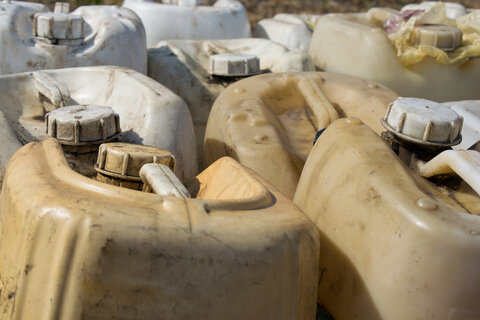Doesn't tsetse control damage the environment?

Undoubtedly the main environmental concern with tsetse control is not the direct effect of insecticides or targets, but the consequences of removing tsetse and trypanosomiasis from an area. The obvious intention of tsetse control is to allow cattle to be healthier and more productive. This will inevitably mean more cattle which in turn can lead to environmental degradation.
This is a very complex and controversial topic, which cannot be adequately addressed in a few paragraphs. However, controlling tsetse will inevitably have environmental consequences. This, after all, is the aim of the operation!
The important point is that tsetse control should be just one component of a local livestock strategy. If properly designed and implemented, then tsetse control operations can actually have beneficial environmental effects by, for example, alleviating grazing pressure in areas that are naturally free of tsetse; many of the highland areas of Ethiopia fall within this category. On the other hand, uncontrolled stocking and settlement of areas cleared of tsetse can have disastrous consequences for the environment. Tsetse control is a powerful tool in the local management of rural development. But it needs to be used carefully, as part of a wider development strategy.
For detailed discussion of the environmental aspects of livestock production, see FAO's Livestock and Environment Toolbox.